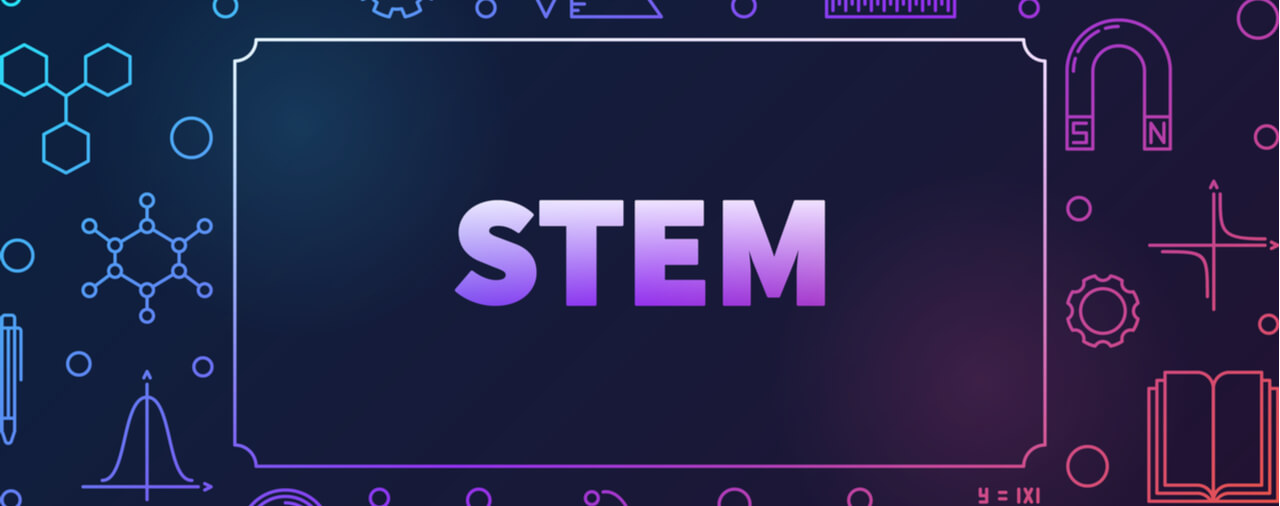Update: DHS Proposes New Rule to Extend STEM OPT Program
Background: Rules for OPT Extensions for Certain F1 STEM Students Held to be Invalid in August 2015
In June of 2015, the District Court for the District of Columbia. issued a decision in Washington Alliance of Technology Workers v. DHS, Civil Action No. 2014-0529 (D.C. 2015) [PDF version]1 (hereafter “Washington Alliance”) where it held that the Department of Homeland Security's (DHS's) rules extending optional practical training (OPT [see article]) for certain F-1 (F1) STEM were invalid [see blog].
I encourage you to read that post before continuing in order to learn more about the original decision and the issues that were raised. In short, the District Court held the OPT rules to be invalid on the basis that DHS waived the “notice and public comment requirements” in making the rule without having had good cause to do so. To avoid a significant disruption for affected F1 STEM students are using the STEM OPT program, the ruling was stayed until February 12, 2016. Because the decision only held the rule to be invalid based upon the improper waiving of the notice and comment period, and not because of a problem with the rule itself, DHS had the opportunity to submit a new rule addressing OPT extensions for F1 STEM students with the requisite notice and public comment period. In welcome news for many F1 STEM students, DHS did just that, publishing a new rule proposal in the Federal Register on October 19, 2015 [see rule proposal].2
Proposed New Rules for OPT Extensions for Certain F1 STEM Students
The new rule proposal is open for public comment until November 18, 2015. DHS will take comments into account in making the final rule. By submitting the new rule for notice and public comment, DHS is following the instructions in Washington Alliance for extending the program.
Instead of simply proposing the same rules that were stayed by Washington Alliance, DHS has proposed to dramatically extend the OPT program for certain STEM students. The following are the key points of the new rule proposal:
It would extend the OPT extension period for STEM students from 17 months under the current rules to 24 months.
It would make F1 students who subsequently enroll in a new academic program (while on F1 status) and earn another qualifying STEM degree at a higher educational level eligible for one additional 24-month OPT extension.
It would more clearly define qualifying STEM degrees for extension eligibility, as well as update the Federal Register and the Student and Exchange Visitor Program's (SEVP's) website when the list of qualifying STEM degrees is updated.
It would require employers of students who have received an OPT extension to implement formal monitoring and training programs to ensure that the students are obtaining practical experience in their selected area of study.
It would permit an F1 student participating in post-degree completion OPT to use a prior eligible STEM degree from a U.S. institution of higher education as a basis to apply for a STEM OPT extension, provided that the F1 student's most recent degree was from an accredited educational institution. However, in this event, the OPT must be related to the previous degree.
It would require that the employer demonstrate that the terms of employment for an F1 student using a STEM OPT extension are the same as those for a similarly situated U.S. worker. Furthermore, the employer must demonstrate that it has sufficient resources to provide mentoring and training to the student; that it will not terminate, lay off, or furlough any U.S. worker as a result of providing STEM OPT extension to the F1 student; and that the employment will help the F1 student reach his or her training objectives.
It would limit eligibility for STEM OPT extensions to students with degrees from schools that are accredited by an accrediting agency recognized by the Department of Education (DoE). It would also clarify DHS's discretion to conduct employer on-site reviews to ensure that an F1 student engaged in STEM OPT is obtaining work-based learning.
It would extend the maximum amount of time that a student can be unemployed on a STEM OPT extension. Under the current rules that were stayed by Washington Alliance, an F1 student may be unemployed for 90 days during his or her initial 12 month OPT, and for an additional 30 days during the 17-month extension (for a total of 120 in the aggregate). The new rule would maintain the maximum 90 days for the initial 12-month period, but increase the number of days to 60 for the extension period, for a total of 150 days in the aggregate.
The proposed new rule will also maintain certain provisions of the current rules that were stayed by Washington Alliance:
STEM OPT employers must be enrolled in E-Verify and must report certain changes in a STEM OPT student's employment.
STEM OPT students must report to DHS any changes to their names or addresses, or to their employers' names or addresses.
The new rule would maintain the “Cap-Gap Extension for F-1 Nonimmigrants with Timely Filed H-1B Petitions and Requests for Change of Status.” This provision allows DHS to temporarily extend an F1 student's duration of status and employment authorization if the student is the beneficiary of a timely filed H1B petition and requests a change of status. This would continue to extend the OPT period until October 1 of the fiscal year for which the H1B visa is being requested.
What Happens Now?
In all likelihood, the final new rule will be similar to the proposed rule. It is important to note that the plaintiffs (the organization challenging the STEM rules) have appealed the Washington Alliance decision to the United States Court of Appeals for the District of Columbia Circuit (D.C. Circuit) [see appeal notice]. While the original rule was held to be invalid, the District Court only held that the rule was invalid under narrow procedural grounds, not that DHS had exceeded its authority. The challengers will hope that the D.C. Circuit finds that DHS exceeded its regulatory authority in making the STEM OPT rules. If the proceedings extend past the February 12, 2016 deadline, the D.C. Circuit will likely extend the old rule if the new rule has not been finalized by then.
While the future of the STEM OPT extension is still uncertain, DHS did its part in preserving the program by publishing a new rule proposal expeditiously. Provided that the D.C. Circuit does not find that DHS has exceeded its regulatory authority, the new rules will in fact enhance the STEM OPT extension program in many significant ways. Once the final rule is published, we will update the site with detailed information about how it works. We will be sure to update the news with further developments in the litigation and proposed rules regarding the STEM OPT program.
_______________________

- Alexander J. Segal's blog
- Log in to post comments
